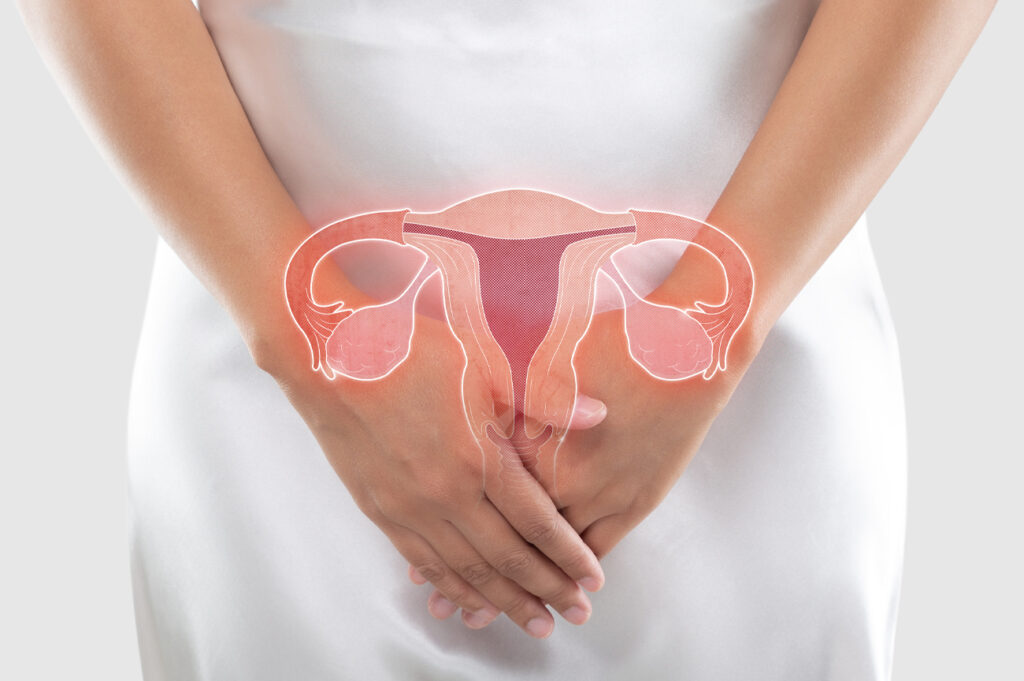Osteoporosis Counseling
What is osteoporosis?
Osteoporosis is a bone disease that occurs when the body loses too much bone, makes too little bone, or both. As a result, bones become weak and may break from a fall or, in serious cases, from sneezing or minor bumps. Osteoporosis means “porous bone.” Viewed under a microscope, healthy bone looks like a honeycomb.

Diagnosing Osteoporosis
To diagnose osteoporosis and assess your risk of fracture and determine your need for treatment, Dr. Polcino might order a bone density scan. This exam is used to measure bone mineral density (BMD). It is most commonly performed using dual-energy x-ray absorptiometry (DXA or DEXA) or bone densitometry.
Osteoporosis occurs most frequently in postmenopausal women and should be diagnosed to determine proper treatments.
Treating Osteoporosis
Treatment recommendations are often based on an estimate of your risk of breaking a bone in the next 10 years using information such as the bone density test. If your risk isn’t high, treatment might not include medication and might focus instead on modifying risk factors for bone loss and falls.
In addition to drug therapy, calcium and vitamin D supplements can be prescribed to ensure maximum effectiveness of your medication. You should be aware that attention to lifestyle factors (including risk factors, nutrition and exercise) must go hand in hand with any drug treatment prescribed.



